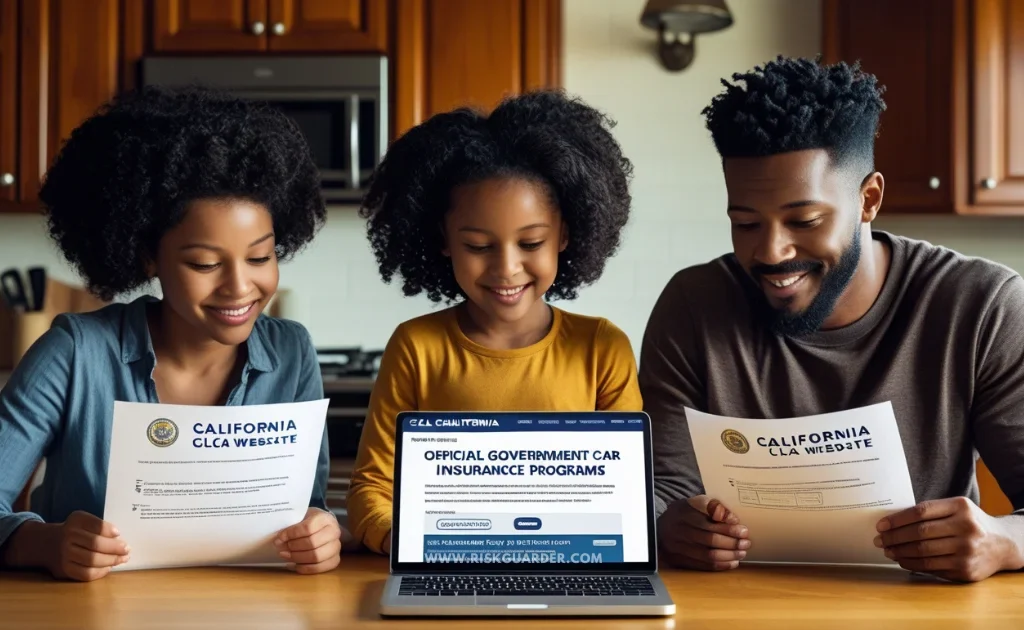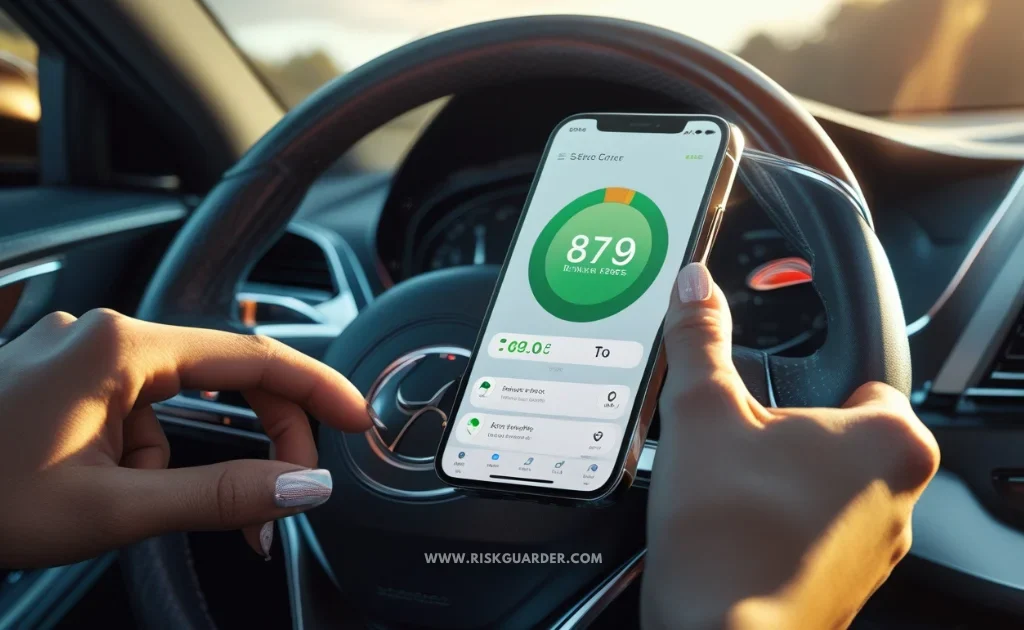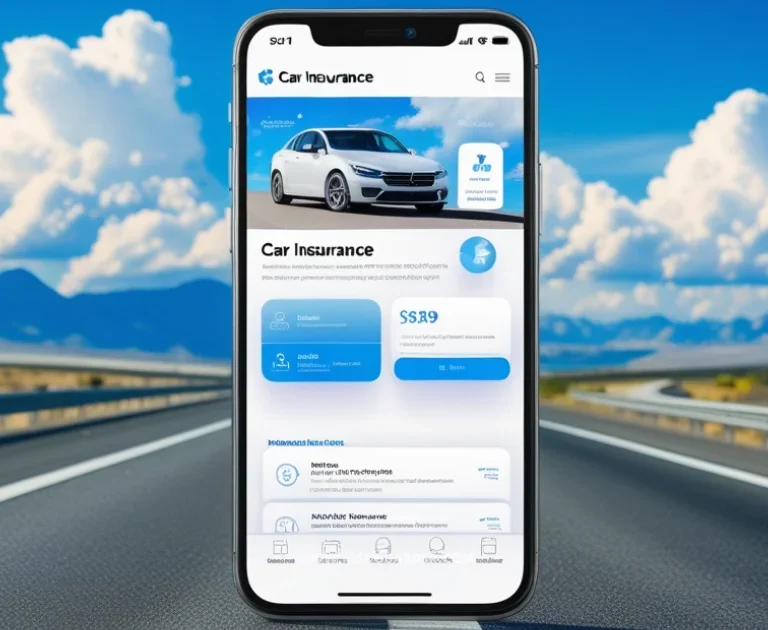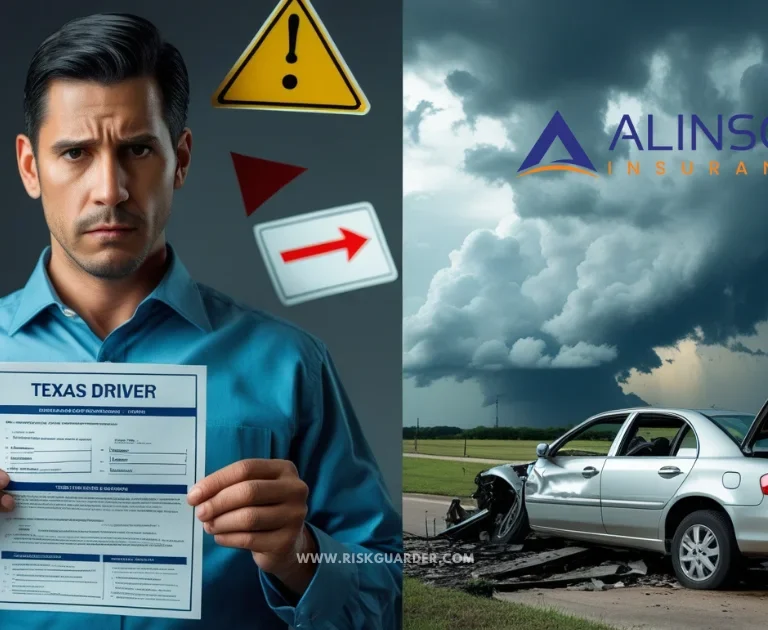Hey there! So you’ve been seeing ads about getting car insurance discounts with your SNAP or EBT card, right? I totally get why you’d be curious – when money’s tight, every little bit helps. Let me give you the straight scoop on this whole thing, plus some actually useful ways to cut your car insurance bill.
The Bottom Line Up Front
The Direct Answer: There is no national car insurance program that gives you a discount specifically for having a SNAP/EBT card. This is a persistent myth that needs to be addressed head-on.
Why You See Ads For It: Some insurance agents and marketers use “EBT car insurance” as a hook to attract low-income drivers. The discounts they ultimately offer are standard low-income, good driver, or other legitimate discounts—not an actual “EBT discount.”
The Good News: Being a SNAP recipient means you qualify as a low-income driver, and there are real, legitimate programs and strategies designed specifically to help people in your situation save significant money on car insurance.
This Guide Will Show You: Five proven strategies to dramatically lower your car insurance costs, including state-sponsored programs that could save you hundreds of dollars annually.
Table of Contents
The Truth About “EBT Car Insurance”: Debunking the Myth
Alright, let’s rip the band-aid off. I called up all the big names – GEICO, Progressive, State Farm, Allstate – and guess what? None of them have any clue what “EBT car insurance” even means. Zero. Zilch. Nada.
I’ve been hanging out in Reddit forums like r/povertyfinance (great community, by the way), and people are constantly asking about this. The answer’s always the same: it’s not a real thing. People call insurance companies asking about it and just get confused customer service reps who’ve never heard of such a program.
Here’s what’s actually happening: some agents throw around terms like “food stamp discounts” to get you in the door, but what they’re really offering are just standard discounts that anyone might qualify for. It’s like advertising “Tuesday specials” when the same deal’s available every day of the week.
We’ve done our homework on this at RiskGuarder (check out our methodology if you’re curious about how we dig into this stuff), and I can tell you with 100% certainty – there’s no national EBT discount program. Period.
The REAL Path to Savings: 5 Strategies for Low-Income Drivers
Okay, enough doom and gloom! Let’s talk about strategies that’ll actually put money back in your pocket. I’m talking real savings here – like hundreds or even thousands of dollars a year.
Strategy 1: Check for State-Sponsored Programs (The Biggest Potential Saver)

This is where the magic happens, folks. Three states have actual government programs that can save you serious cash:
| State | Program Name | What It Offers | Eligibility Requirements |
|---|---|---|---|
| California | California Low Cost Auto Insurance (CLCA) | Liability coverage starting around $300-400 annually | Income below 250% of federal poverty level |
| New Jersey | Special Automobile Insurance Policy (SAIP) | Basic medical coverage for approximately $365 per year | Recipients of certain federal aid programs |
| Hawaii | Low-Cost Auto Insurance Program | Minimum required coverage at reduced rates | Residents receiving disability benefits or meeting income requirements |
If you’re in one of these states, stop what you’re doing and call your state insurance department right now. Seriously. These aren’t sketchy programs – they’re legit government deals with official websites and everything.
Strategy 2: Focus on Usage-Based and Pay-Per-Mile Insurance

Here’s something cool: some insurance companies will actually spy on your driving (in a good way) and give you discounts for being a safe driver. Programs like Progressive’s Snapshot or State Farm’s Drive Safe & Save use a little device or app to track how you drive.
Telematics Programs If you’re a careful driver who doesn’t slam on the brakes or floor it at red lights, you could save 10-30%. Not bad for just driving like a normal person, right?
Pay-Per-Mile Insurance There’s also this thing called pay-per-mile insurance. Companies like Metro mile charge you a base rate plus a few cents per mile. If you’re not driving much (maybe you work from home, live in the city, or just don’t go out much), this could save you a ton. The average person drives about 12,000 miles a year, so if you’re way under that, it’s definitely worth checking out.
Strategy 3: Maximize Every Possible Discount
Time to channel your inner coupon clipper! Insurance companies have tons of discounts, and they stack up like Pringles. Here are the ones you should definitely ask about:
Educational Discounts – If anyone in your family is in school and getting decent grades (like B’s or better), that’s an easy 10-25% off.
Defensive Driving Course Discounts – Yeah, they’re kinda boring, but you can do them online for like $30 and save way more than that on your insurance. It’s basically the world’s most profitable Netflix binge.
Bundle Opportunities – If you rent your place, getting renter’s insurance and bundling it with your car insurance often saves money on both. Plus, renter’s insurance is super cheap and totally worth having anyway.
Higher Deductible Strategy – This one’s a bit of a gamble, but if you can afford to pay more out of pocket if something happens, raising your deductible can cut your premium by a lot. Just don’t go crazy with it.
Payment Method Discounts: Some insurers offer discounts for paying your premium in full annually rather than monthly, or for setting up automatic payments. While paying annually requires more upfront cash, it can save 5-10% compared to monthly payments.
Strategy 4: Shop with Companies That Specialize in Non-Standard Markets
Some insurance companies specifically cater to people who need cheaper coverage. Companies like The General, Safe Auto, and Direct Auto aren’t as fancy as the big names, but they often have better prices for folks in tough financial spots.
While their financial strength ratings from A.M. Best may vary [typically ranging from B+ to A-], they often provide competitive rates for drivers who don’t qualify for standard market pricing.
When evaluating these options, consider both price and claims processing reputation. Review the NAIC complaint index for any insurer you’re considering.
A complaint index above 1.0 means the company receives more complaints than average for its size, while an index below 1.0 indicates fewer complaints than average.
Regional insurers in your area may also offer competitive rates. These companies often have lower overhead costs than national brands and can pass those savings to customers while maintaining good customer satisfaction ratings.
Just do your homework on them – check their complaint ratings and make sure they actually pay claims when they’re supposed to. A cheap policy that doesn’t pay out when you need it isn’t really a bargain.
Strategy 5: Re-evaluate Your Coverage Needs
Here’s a reality check: if you’re driving an older car that’s paid off and isn’t worth much, you might not need full coverage.
Liability-Only Coverage includes bodily injury and property damage coverage required by your state but excludes collision and comprehensive coverage for your own vehicle. If your car is worth less than $3,000-4,000, the annual cost of collision and comprehensive coverage might exceed your vehicle’s value.
State Minimum Requirements vary significantly. While carrying only minimum coverage reduces your premium, ensure you understand the financial risk. If you cause an accident exceeding your coverage limits, you could be personally liable for the difference.
Collision and Comprehensive Evaluation: For older vehicles, calculate whether the annual cost of these coverages, plus your deductible, makes financial sense. If your car is worth $2,000 and collision coverage costs $600 annually with a $1,000 deductible, you’re paying a significant percentage of your car’s value for coverage that would pay out very little in a total loss scenario.
Finding a Local Agent Who Understands Your Budget

So you’re looking for someone “near me” to help with this whole car insurance mess? Smart move! Having a real person in your corner who knows the local scene can be a total game-changer.
Independent agents are like the Swiss Army knives of insurance – they work with tons of different companies, so they can shop around for you. When you call one up, just be straight with them: “Hey, I’m on a tight budget and need the cheapest liability coverage I can legally get away with. Can you work some magic and find me the best deals, plus any programs I might not know about?”
I love this approach because it cuts through all the BS. You’re not wasting anyone’s time, the agent knows exactly what you need, and they won’t try to upsell you on some fancy coverage package that’ll blow your budget.
Then there are captive agents – these folks work for just one company (like your neighborhood State Farm guy). Even if their company ends up being too pricey, they’re usually goldmines of information about discounts and programs. Think of it as free consulting – pick their brain even if you don’t buy from them!
Online quote tools are cool and all, but honestly? They’re kinda dumb. They miss a lot of the good stuff that a human agent would catch. Plus, local agents often know about weird little programs or discounts that the big websites have never heard of.
Understanding Insurance Company Financial Stability and Customer Service
Okay, real talk time. When you’re shopping for the cheapest insurance possible, you gotta make sure the company will actually be there when you need them. Nothing’s worse than paying for “insurance” that disappears when you have an accident.
Here’s the deal with those financial ratings – companies with A- ratings or better from A.M. Best are pretty solid. They’ve got their financial act together and can actually pay claims. Now, you might find cheaper rates from companies with B+ ratings, but that’s kinda like buying a parachute from the discount bin – it might work, but do you really wanna find out the hard way?
Claims processing is where things get real. Some companies are lightning fast – they’ll settle your claim in a few days and get you back on the road. Others? Well, let’s just say you might be taking the bus for a while. J.D. Power does these studies on who’s good at handling claims, and trust me, it’s worth checking out before you commit.
Customer service is huge too. Some of these budget companies are basically just websites with maybe a chatbot if you’re lucky. Others have actual humans you can call 24/7. Think about what you’re comfortable with – if you’re the type who panics and needs to talk to a real person when something goes wrong, maybe avoid the online-only companies, even if they’re cheaper.
The bottom line? Don’t just go with the absolute cheapest option if it means you’ll be totally screwed when you actually need help. Find that sweet spot between affordable and reliable – your future stressed-out self will thank you!
Frequently Asked Questions
Is EBT Car Insurance Real?
Nope, not even a little bit! It’s basically the insurance world’s version of a unicorn – sounds magical, but totally doesn’t exist. Some sneaky marketers love throwing this around to get your attention, but it’s just smoke and mirrors. Sorry to burst that bubble!
Will Having an EBT Card Make My Insurance More Expensive?
Legally speaking? Absolutely not. Insurance companies can’t be like “Oh, you get food stamps? That’ll be extra!” That would be super illegal and they’d get in huge trouble.
But here’s the catch (there’s always a catch, right?) – they can look at other stuff that kinda goes hand-in-hand with having a tight budget. Like your credit score in some states, or what neighborhood you live in. It’s not fair, but it’s reality.
What Is the Cheapest Car Insurance for Someone on Low Income?
Ah, the million-dollar question! Well, more like the few-hundred-dollar question, but you get it.
It totally depends on where you live and your situation. If you’re lucky enough to be in California, New Jersey, or Hawaii, definitely check out their state programs first – they’re like the holy grail of cheap insurance.
For everyone else, it’s time to channel your inner bargain hunter. Get quotes from a bunch of companies, look into those pay-per-mile deals if you’re not driving much, and collect discounts like they’re Pokemon cards.
How Can I Get Cheaper Car Insurance on a Low Income?
Easy! Just follow my five-step program (okay, it’s not that easy, but it works):
Hunt down those state programs like they owe you money
Try out usage-based insurance if you’re a good driver
Become a discount-collecting machine
Shop around with companies that specialize in budget coverage
Figure out if you really need all that fancy coverage or if basic liability will do
What Is the California Low Cost Auto Insurance Program?
Oh, California’s CLCA? It’s basically California being awesome and offering super cheap liability coverage if you don’t make much money. We’re talking about coverage that could cost you way less than what you’d normally pay – like, significantly less.
If you live in Cali and make less than 250% of the poverty level (which sounds scary but is actually a pretty reasonable cutoff), you should definitely look into this. It’s like finding a designer jacket at a thrift store – rare, but totally worth it when it happens!
From Myth to Real Financial Strategy
Look, I wish I could tell you that flashing your EBT card would magically make car insurance cheaper, but that’s just not how it works. The good news? There are real, legitimate ways to save serious money on car insurance – you just have to know where to look.
Start with checking if your state has any special programs, then work your way through the other strategies. It might take some time and phone calls, but trust me, it’s worth it when you see how much you can save.
Car insurance is one of those annoying expenses you can’t avoid (thanks, law!), but it doesn’t have to break the bank. With a little persistence and the right approach, you can find coverage that keeps you legal without eating up your whole budget.
Now stop reading and start calling – those savings aren’t going to find themselves!
This analysis was conducted by Youssef at RiskGuarder using our comprehensive review methodology, which prioritizes factual accuracy and consumer advocacy over marketing claims. For more information about our review process, visit our methodology page.






